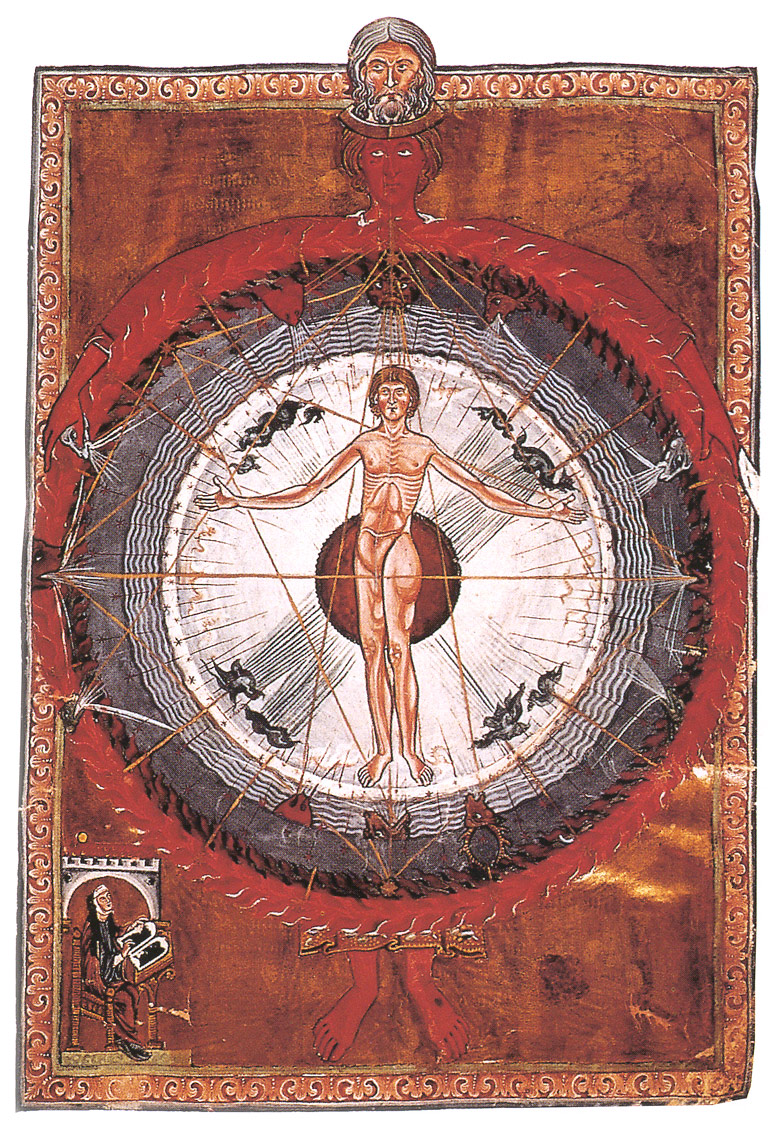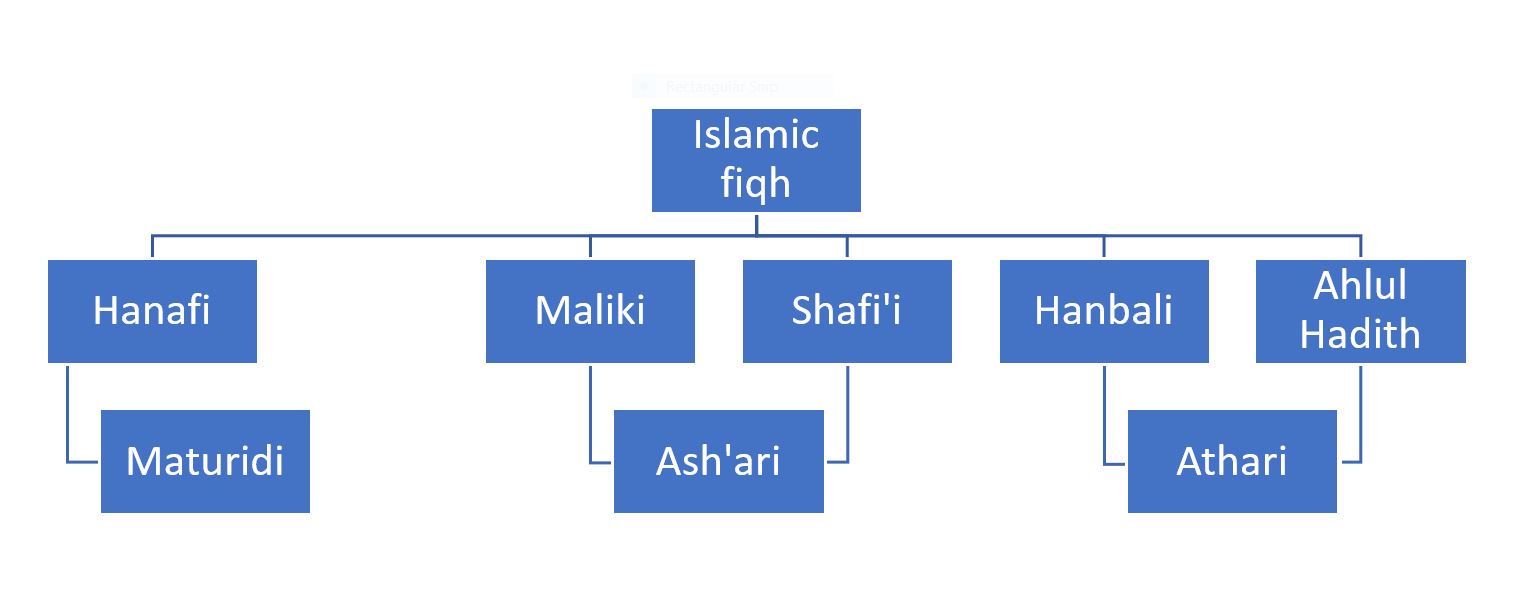|
Mohammadi Fayyaz
Maulana Mohammadi Fayyaz was a Sufi saint. He was the successor of Muhibbullah Allahabadi. He traveled to Allahabad to study. He went to Shaikh Muhibbullah Allahabadi weeping, because he was failing to learn. The Shaikh said that he would teach him. Shaikh taught him for a few hours, unsuccessfully. He became a saint in the company of Shaikh for fourteen years. After ceceiving Khirqa-e-Khilafat from Shah Muhibbullah he settled in Agra and devoted his life to prayer and mysticism. He was an authority on the subjects of Fiqh, Tafsir, Usul and Kalam. He authored books and treatises, including a commentary on Taswiyah Shaikh"s most controversial treatise. His Silsilah (Sufistic order) is called Mohammadi Muhibbullahi and is spread over Arabia, Iran, Japan, and China. Death Fayyaz died on 28 January 1696 A.D having spent 19 days in fever. He died in Aurangabad while he was under house arrest for not ending his "bait" wearing allegiance on hand His followers kept his body in a cask ... [...More Info...] [...Related Items...] OR: [Wikipedia] [Google] [Baidu] |
Sufi
Sufism ( ar, ''aṣ-ṣūfiyya''), also known as Tasawwuf ( ''at-taṣawwuf''), is a mystic body of religious practice, found mainly within Sunni Islam but also within Shia Islam, which is characterized by a focus on Islamic spirituality, ritualism, asceticism and esotericism. It has been variously defined as "Islamic mysticism",Martin Lings, ''What is Sufism?'' (Lahore: Suhail Academy, 2005; first imp. 1983, second imp. 1999), p.15 "the mystical expression of Islamic faith", "the inward dimension of Islam", "the phenomenon of mysticism within Islam", the "main manifestation and the most important and central crystallization" of mystical practice in Islam, and "the interiorization and intensification of Islamic faith and practice". Practitioners of Sufism are referred to as "Sufis" (from , ), and historically typically belonged to "orders" known as (pl. ) – congregations formed around a grand who would be the last in a chain of successive teachers linking back to Muh ... [...More Info...] [...Related Items...] OR: [Wikipedia] [Google] [Baidu] |
Muhibbullah Allahabadi
Shaykh (or Shah) Muhibullah Allahabadi, or Muhibb ullah Ilahabadi ( ur, محب اللہ الہ آبادی; मुहिबउल्लाह इलाहाबादी 1587–30 July 1648) was a Sufi scholar who was active in Allahabad in northern India during the reign of the Mughul emperor Shah Jahan. He is noted as a leading proponent of the Sufi doctrine of ''Wahdat al-Wujud'', sometimes called "Oneness of Being". Some Sufis consider that he was a saint. Life Muhibullah was born in 1587in India. He was a descendant of Fariduddin Ganjshakar. His home was in Sadarpur in Awadh. There he compiled a commentary in Arabic on Ibn Arabi's Fusus ul-Hikam. He was initiated into the Sabiriya branch of the Chishti Order of Sufis with the help of Shaikh Abu Said Gangohi, and visited major Chishti places of pilgrimage and centers before settling in Allahabad in 1628, where he spent the rest of his life. He was active during the reign of the Mogul emperor Shah Jahan (r. 1628–58). Muhibul ... [...More Info...] [...Related Items...] OR: [Wikipedia] [Google] [Baidu] |
Allahabad
Allahabad (), officially known as Prayagraj, also known as Ilahabad, is a metropolis in the Indian state of Uttar Pradesh.The other five cities were: Agra, Kanpur (Cawnpore), Lucknow, Meerut, and Varanasi (Benares). It is the administrative headquarters of the Allahabad district—the most populous district in the state and 13th most populous district in India—and the Allahabad division. The city is the judicial capital of Uttar Pradesh with the Allahabad High Court being the highest judicial body in the state. As of 2011, Allahabad is the seventh most populous city in the state, thirteenth in Northern India and thirty-sixth in India, with an estimated population of 1.53 million in the city. In 2011 it was ranked the world's 40th fastest-growing city. Allahabad, in 2016, was also ranked the third most liveable urban agglomeration in the state (after Noida and Lucknow) and sixteenth in the country. Hindi is the most widely spoken language in the city. ... [...More Info...] [...Related Items...] OR: [Wikipedia] [Google] [Baidu] |
Agra
Agra (, ) is a city on the banks of the Yamuna river in the Indian state of Uttar Pradesh, about south-east of the national capital New Delhi and 330 km west of the state capital Lucknow. With a population of roughly 1.6 million, Agra is the fourth-most populous city in Uttar Pradesh and twenty-third most populous city in India. Agra's notable historical period began during Sikandar Lodi's reign, but the golden age of the city began with the Mughals. Agra was the foremost city of the Indian subcontinent and the capital of the Mughal Empire under Mughal emperors Babur, Humayun, Akbar, Jahangir and Shah Jahan. Under Mughal rule, Agra became a centre for learning, arts, commerce, and religion, and saw the construction of the Agra Fort, Sikandra and Agra's most prized monument, the Taj Mahal, built by Shah Jahan as a mausoleum for his favourite empress. With the decline of the Mughal empire in the late 18th century, the city fell successively first to Marathas and later to t ... [...More Info...] [...Related Items...] OR: [Wikipedia] [Google] [Baidu] |
Mysticism
Mysticism is popularly known as becoming one with God or the Absolute, but may refer to any kind of ecstasy or altered state of consciousness which is given a religious or spiritual meaning. It may also refer to the attainment of insight in ultimate or hidden truths, and to human transformation supported by various practices and experiences. The term "mysticism" has Ancient Greek origins with various historically determined meanings. Derived from the Greek word μύω ''múō'', meaning "to close" or "to conceal", mysticism referred to the biblical, liturgical, spiritual, and contemplative dimensions of early and medieval Christianity. During the early modern period, the definition of mysticism grew to include a broad range of beliefs and ideologies related to "extraordinary experiences and states of mind." In modern times, "mysticism" has acquired a limited definition, with broad applications, as meaning the aim at the "union with the Absolute, the Infinite, or God". This l ... [...More Info...] [...Related Items...] OR: [Wikipedia] [Google] [Baidu] |
Fiqh
''Fiqh'' (; ar, فقه ) is Islamic jurisprudence. Muhammad-> Companions-> Followers-> Fiqh. The commands and prohibitions chosen by God were revealed through the agency of the Prophet in both the Quran and the Sunnah (words, deeds, and examples of the Prophet passed down as hadith). The first Muslims (the Sahabah or Companions) heard and obeyed, and passed this essence of Islam to succeeding generations ('' Tabi'un'' and '' Tabi' al-Tabi'in'' or successors/followers and successors of successors), as Muslims and Islam spread from West Arabia to the conquered lands north, east, and west, Hoyland, ''In God's Path'', 2015: p.223 where it was systematized and elaborated Hawting, "John Wansbrough, Islam, and Monotheism", 2000: p.513 The history of Islamic jurisprudence is "customarily divided into eight periods": El-Gamal, ''Islamic Finance'', 2006: pp. 30–31 *the first period ending with the death of Muhammad in 11 AH. *second period "characterized by personal interp ... [...More Info...] [...Related Items...] OR: [Wikipedia] [Google] [Baidu] |
Tafsir
Tafsir ( ar, تفسير, tafsīr ) refers to exegesis, usually of the Quran. An author of a ''tafsir'' is a ' ( ar, مُفسّر; plural: ar, مفسّرون, mufassirūn). A Quranic ''tafsir'' attempts to provide elucidation, explanation, interpretation, context or commentary for clear understanding and conviction of God's will. Principally, a ''tafsir'' deals with the issues of linguistics, jurisprudence, and theology. In terms of perspective and approach, ''tafsir'' can be broadly divided into two main categories, namely ''tafsir bi-al-ma'thur'' (lit. received tafsir), which is transmitted from the early days of Islam through the Islamic prophet Muhammad and his companions, and ''tafsir bi-al-ra'y'' (lit. ''tafsir'' by opinion), which is arrived through personal reflection or independent rational thinking. There are different characteristics and traditions for each of the ''tafsirs'' representing respective schools and doctrines, such as Sunni Islam, Shia Islam, and Suf ... [...More Info...] [...Related Items...] OR: [Wikipedia] [Google] [Baidu] |
Usul Al-Din
The theology of Twelver Shi'ism contains the five principles of Shia Islam known as ''Uṣūl ad-Dīn'' ( ar, أصول الدين عند الشيعة). Usul al-dín is an Arabic Islamic term which literally translates as 'principles of the faith', roughly interpretable as 'theology'. Definition The Shia roots of religion are a set of theological beliefs, in contrast to the ten practices prescribed in the Shia ancillaries of the faith. Resalah All books of Resalah start with an explicit disclaimer stating that no proof shall be given for any of the points in the Usul al-dín. The Marja' argue that it is permissible to imitate in matters of practical Islam, for example, how one is supposed to do Salat, without being familiar with evidence and arguments for the conclusions. However, they argue that the matters in the roots of religion are much too important to be merely imitated, and it is the responsibility of each individual to make themselves personally familiar with the argu ... [...More Info...] [...Related Items...] OR: [Wikipedia] [Google] [Baidu] |
Kalam
''ʿIlm al-Kalām'' ( ar, عِلْم الكَلام, literally "science of discourse"), usually foreshortened to ''Kalām'' and sometimes called "Islamic scholastic theology" or "speculative theology", is the philosophical study of Islamic doctrine (aqa'id''). It was born out of the need to establish and defend the tenets of the Islamic faith against the philosophical doubters. However, this picture has been increasingly questioned by scholarship that attempts to show that kalām was in fact a demonstrative rather than a dialectical science and was always intellectually creative. The Arabic term ''Kalām'' means "speech, word, utterance" among other things. There are many possible interpretations as to why this discipline was originally called so; one is that one of the widest controversies in this discipline, in the second and third centuries of Hijra, has been about whether the "Word of God" (''Kalām Allāh''), as revealed in the Quran, is an eternal attribute of God and ... [...More Info...] [...Related Items...] OR: [Wikipedia] [Google] [Baidu] |
Aurangabad, Bulandshahr
Aurangabad is a ''nagar panchayat'', a town that has rapidly transitioned from rural to urban. It is located in the Bulandshahr district of the Indian state of Uttar Pradesh. Aurangabad is inherited by sayeds of aurangabad. Sayeds of aurangabad win it undern mughal empire, During Aurangzeb Alamgir. pir Abdul Aziz Sahab (R.A) he was the pir of Aurangzeb . Aurangzeb's grave is near his grave which is situated in Maharashtra Chhatrapati Sambhaji Nagar district, Maharashtra. Aurangabad sayeds was the great pirs. Aurangabad sayeds have nearly 400 villages and also Delhi in it. Location and landmarks Aurangabad is located at coordinates: . The town lies on the state highway connecting Bulandshahr and Garhmukteshwar. It is about from Bulandshahr and connects the Jahangirabad, Bulandshahr and Garhmukteshwar roads. Aurangabad is surrounded by the villages of Hingthala Bhawsi, Sega Jagatpur, Saidpur, and Lakhaoti. The market is divided into 15 wards. At the old center of Aurangabad is ... [...More Info...] [...Related Items...] OR: [Wikipedia] [Google] [Baidu] |
Coffin
A coffin is a funerary box used for viewing or keeping a corpse, either for burial or cremation. Sometimes referred to as a casket, any box in which the dead are buried is a coffin, and while a casket was originally regarded as a box for jewelry, use of the word "casket" in this sense began as a euphemism introduced by the undertaker's trade. A distinction is commonly drawn between "coffins" and "caskets", using "coffin" to refer to a tapered hexagonal or octagonal (also considered to be anthropoidal in shape) box and "casket" to refer to a rectangular box, often with a split lid used for viewing the deceased as seen in the picture. Receptacles for cremated and cremulated human ashes (sometimes called cremains) are called urns. Etymology First attested in English in 1380, the word ''coffin'' derives from the Old French , from Latin , which means '' basket'', which is the latinisation of the Greek κόφινος (''kophinos''), ''basket''. The earliest attested form of the w ... [...More Info...] [...Related Items...] OR: [Wikipedia] [Google] [Baidu] |







